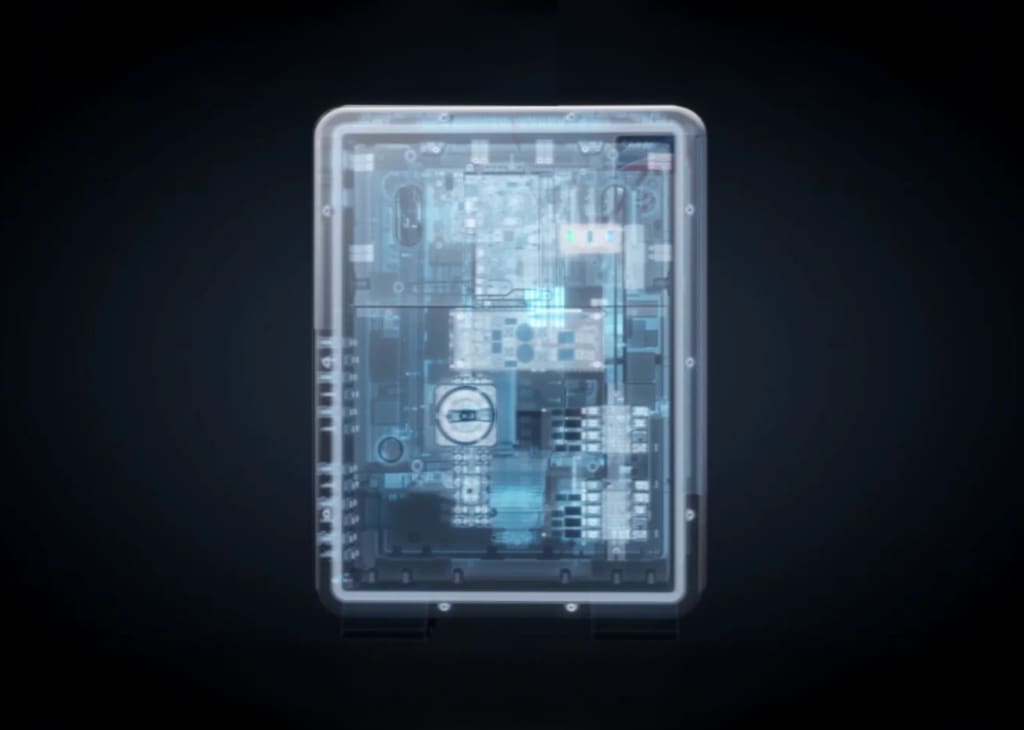Expert Opinions: A Q&A with California Smart Grid Center’s Dr. Macari

Guests are invited to visit SMA America’s headquarters and testing facilities on a regular basis, but rarely do we have the opportunity to speak with someone with the credentials and understanding of energy issues like Emir Macari, Ph.D.
As Sacramento State College of Engineering and Computer Science’s former dean, and director of the California Smart Grid Center, educating California’s current utility regulators and future energy professionals on critical topics like consumer energy use, grid stability, distribution security, and the valued role of renewable energy sources. At a recent visit and tour, I got to speak with Macari and ask him some questions.
What fundamental changes are needed to ensure our electrical grid is ready for the future?
“A lot of it has to do with energy efficiency. We need to empower consumers to realize how electricity is being used, how it’s generated, transmitted and delivered into their homes or businesses. People feel they can turn a switch and (the power’s) there, but don’t realize the complexities and things they could do as individuals to be more energy efficient.”
How can smart grids maximize the energy produced from sources like solar and wind power?
“Smart grids provide, essentially, advanced sensors and controls which are able to take advantage of the available information about our grid. We need new diagnostic measure to see what is happening at every point from central generation, to transmission to limit losses, to distributed renewable generation and to everything else involved to maximize the use of renewables and ensure grid stability at all times.”
What role do you see inverters playing in grid stability?
“The inverters have to be the piece that provide users and grid managers with diagnostics and monitoring information to know if the system is working at capacity or not, and why.
New technologies are allowing us to clean up the electricity that is generated from these sources and remove the destabilizing elements prior to being introduced to the grid. This will help existing transformers to not become stressed, removing the risk of overheating and the cost of replacement due to voltage changes.
Inverter technology is capable of offering so much information that utility companies will be able to manage the distributed power very well.”
As more devices in homes and businesses become interconnected, what changes do you hope to see in consumers’ understanding of power consumption?
“Our devices and appliances need to become smart and connected to a home network to communicate with the end user. The inverter should be part of that network so people can know what they’re using and what they’re producing at all times.
The home area network is really how I envision changing people’s behaviors about usage, all the way down to leaving lights on when they leave a room. Seeing that usage and knowing how much it will cost helps the users change behaviors themselves.”
As an educator, how does it feel to see former students applying your lessons at SMA?
“SMA is a worldwide leader in renewable energy and photovoltaics. I’m very happy to see that our students are able to go to a leader in the industry and add value to the company.
It’s a terrific give and take that we can come here and learn from you about the industry and where it’s going to help prepare our students an in return, they are able to immediately contribute to the company.”





Feel free to contribute!
Thanks for your question or comment. Due to the holiday season we won’t be able to give you an answer before January 5th. Thanks for your understanding.